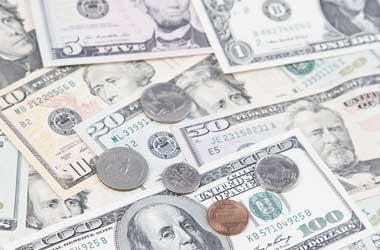
The dollar fell to a four year low. Other currencies, such as China’s yuan have seen their share of global currency reserves increase. This is according to the IMF data and reported this weekend in the Business Times.
The U.S. dollar’s share of the global currency reserves fell in the final quarter of 2017 to 62.7 percent from 63.5 percent seen in the third quarter of 2017. This was according to the report released on Friday.
The report also indicated that the euro’s share in Global Currency reserves was at its largest since the fourth quarter of 2014. The Japanese yen’s share of currency reserves recovered from its decline in the third quarter to 4.89 per cent. This was the yen’s largest representation since the fourth quarter of 2002.
In the article, Steven Englander, head of research and strategy with Rafiki Capital Management, explains that
reserve managers in Q4 liked (yen) and ‘other currencies‘, the limited (US dollar) buying is not surprising. Reserve managers buy (US dollar) when they have to – they rarely want to buy.
China’s Global Currency Reserves also Increase
The Chinese Renminbi, better known in the Forex world as the yuan, saw its share of the global currency reserves come in at 1.23 per cent. This was an increase from 1.12 percent in the third quarter of 2017. The IMF said that the yuan’s share of central bank holdings increase for the first time in the fourth quarter of 2016.
China’s top five commercial banks have seen bigger annual profits. They also expect business conditions to improve further this year. This will be thanks, in part to Beijing’s, crackdown on shadow financing. Also high leverage, with their corporate lenders, makes core banking even more profitable.
There are elements that the International Monetary Fund does not account for. Global unallocated reserves were down to $1.41 trillion from $1.65 trillion in the third quarter.
Unallocated reserves represented 12.31 percent of total global Forex reserves. They fell 14.6 percent reported in the third quarter of last year. In all likelihood, Forex traders believe that part of China’s reserves were in the unallocated reserve pool.
Also, in the IMF report, The British pound(GBP), Swiss franc, Australian Dollar and the Canadian dollar saw their shares in global reserves increase a bit from the third quarter.